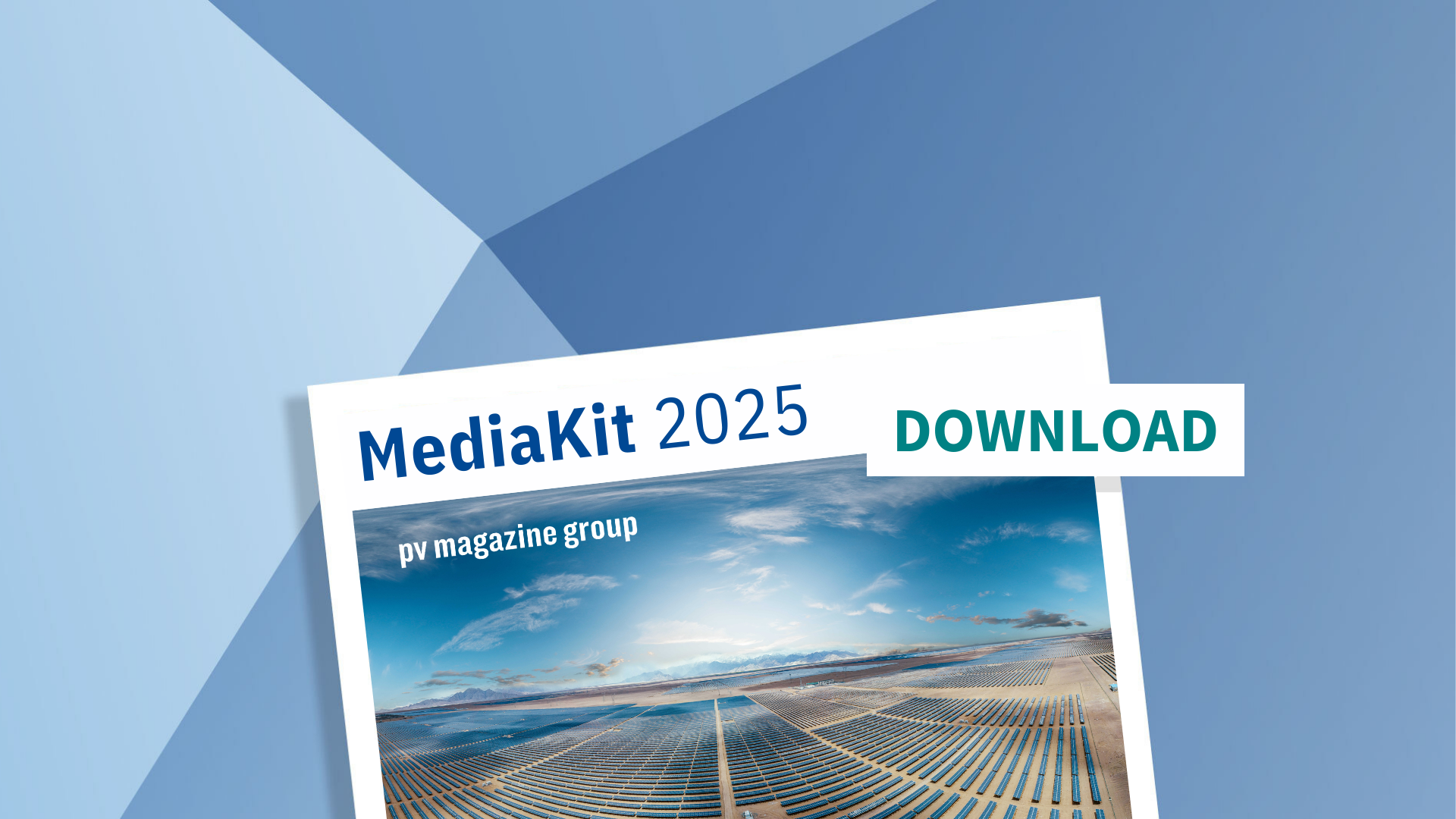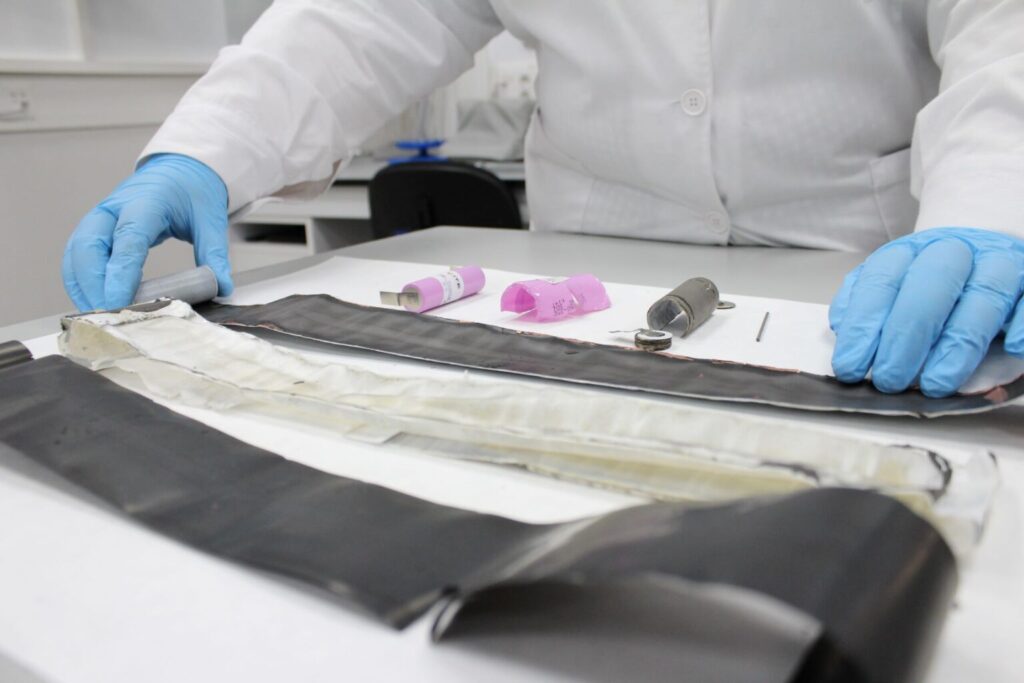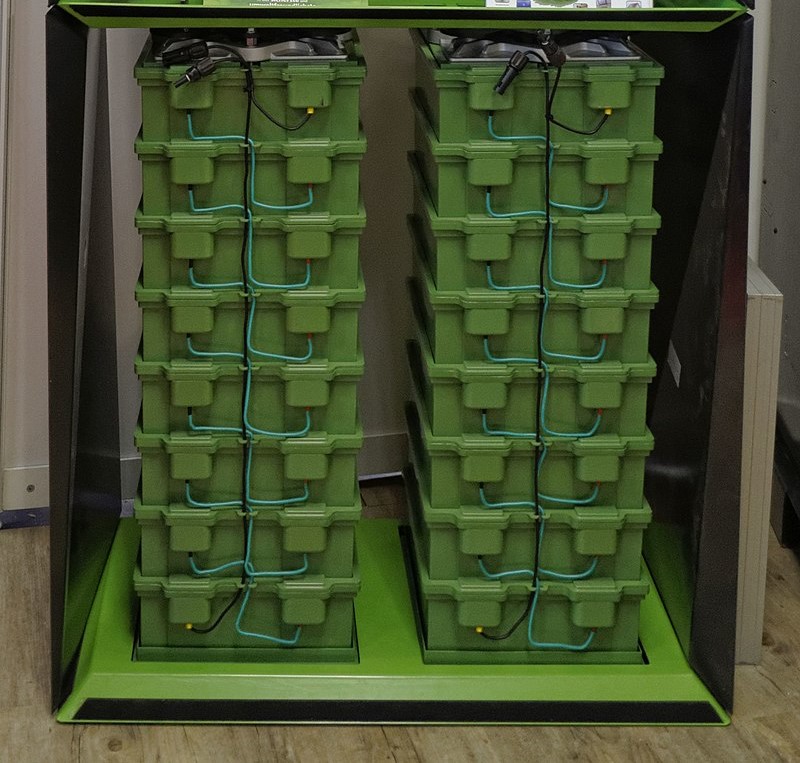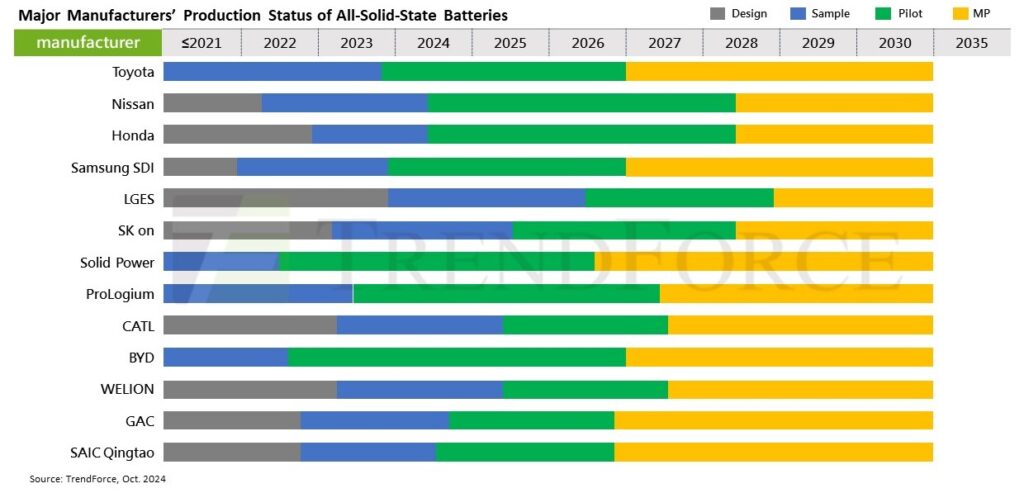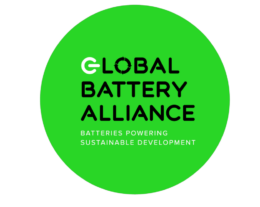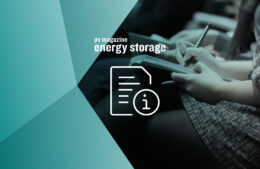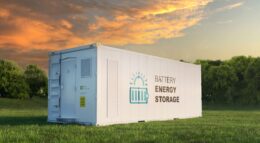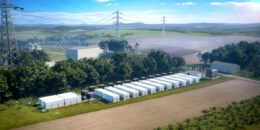Ireland’s battery storage fleet to grow to 13.5 GWh by 2030

The Single Electricity Market (SEM) on the island of Ireland is set for a battery storage boom, with short-to-medium duration capacity forecast to increase fivefold by 2030, according to Cornwall Insight.
The consultancy’s SEM Benchmark Power Curve forecasts that the capacity of short- medium term lithium-ion battery storage, which includes batteries from half an hour to four hour storage capacity, will increase from 2.7 GWh in 2025 to 13.5 GWh by 2030.
If these predictions materialise, the battery storage fleet across Ireland and Northern Ireland will have a power output of 5 GW up from the currently installed 1 GW.
“The rising forecasts for short-medium term batteries, shows the Irish government’s battery framework, is certainly doing its job – which is good news for investors and decarbonisation targets alike,” said Lisa Foley, principal consultant at Cornwall Insight. The first national policy for energy storage in Ireland was released in July making a strong push for immediately investing in electricity storage to help meet 2030 targets.
On top of that, Ireland SEM has consistently been identified as one of Europe’s most attractive battery energy storage markets, offering a strong revenue potential due to EirGrid’s luctrative DS3 (Delivering a Secure, Sustainable Electricity System) tariffs. The existing tariffs, which were due to be terminated in April, but were subsequently extended to April 2026, incentivize services provided by battery energy storage systems, such as frequency response, ramping, reactive power, inertia, and voltage control.
But while the storage uptake in the SEm has been going strong, concerns remain if renewables targets can be met with both Ireland and Northern Ireland aiming for 80% of electricity to come from renewables by 2030.
“Of course, batteries are only one part of the decarbonisation pie. While renewable technologies are growing, they are unfortunately not keeping up with the levels needed to reach the 2030 renewable generation goals. Swift action on planning and policy improvements is needed to unlock the full potential of our renewable resources and keep pace with our climate goals,” Foley said.
New data from the Sustainable Energy Authority of Ireland (SEAI) says there is no scenario in which Ireland will meet its 2030 solar deployment capacity of 8 GW. With existing measures in place, the reality would be more like 5 GW, the government-run group estimates.


